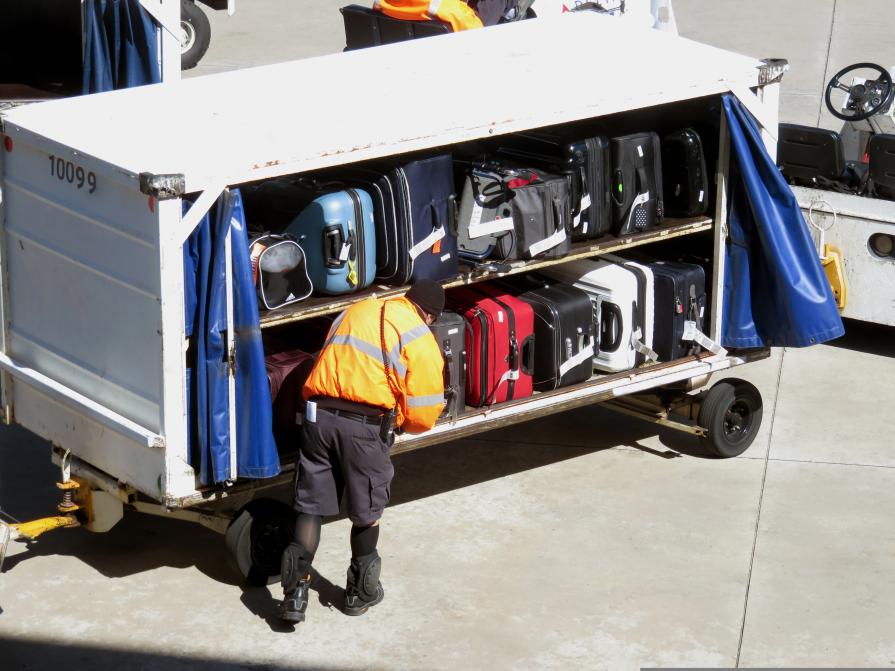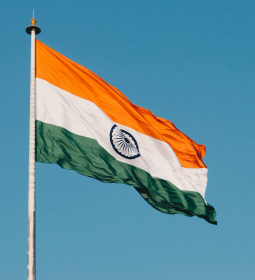Almost all of us have flown on an airplane at some destination, and if not, we have seen information in movies or news stories that something prohibited was seized from someone somewhere when boarding. It is understandable if we are talking about completely illegal things, whether it is weapons or drugs, in this case, the aviation marshals or the airfield security service will seize these items against receipt, and then hand them over (along with the violator, whose fate is unenviable in any case) to the state security agencies.
But what happens to these things then? Let's figure it out.

What should not be brought on the plane?

Almost in all countries, there are strict rules about what can and cannot be brought on board the plane. These rules are aimed at ensuring flight safety. Here are the main items that are not allowed on the plane:
- firearms, ammunition, explosives and their imitations, including toy weapons;
- knives, including folding knives, blades, razors (except disposable razors), scissors with blades longer than 6 cm, Swiss knives, ice axes, screwdrivers and other similar tools;
- various poisons and chemicals;
- gasoline, kerosene, paints and varnishes, matches and similar things, the transportation of which is fraught with accidental fire (and the plane, as you understand, is full of all kinds of flammable things - in addition to several tens of tons of aviation kerosene in the wing tanks);
- liquid in large bottles (more than 100 ml);
- sports equipment, equipment (everything seems to be clear here - all this can easily be used as a weapon with all the ensuing consequences), tools;
- some animals and plants are also prohibited;
- Any weapon - even those that are in free civilian circulation.
What happens if you take an item with you to the airport that is not allowed on board?

If a passenger is found to have prohibited items that cannot be taken on board, they will simply be confiscated. But what will happen to them next?
- There are things that can be carried in luggage, such as perfumes or cosmetics, nail scissors and similar small things - they will be asked to check them in the luggage, give them to someone who stays, check them in to the storage room (somewhere this service is free, but usually moderate fee is charged) or throw them in the trash, kindly located in the inspection area.
- Valuables are described and seized under the protocol, placed in the storage room. Usually they lie there for 3-6 months (all this time they can be returned, but with a certain procedure), and then the most interesting begins.
What happens to the seized baggage?

- When baggage is removed during the inspection phase at a German airport, it goes through a strictly regulated security procedure. If prohibited items are found in luggage or carry-on luggage, such as liquids in excess of the permissible volume, sharp objects or dangerous substances, security officers will seize them. The passenger may be offered to return the seized items home, leave them for storage at the airport or give them to someone they know, if possible. If none of these options are suitable, the seized items are confiscated and usually disposed of in specially equipped containers for hazardous materials.
- In the United States, seized items are also confiscated, but there is a nuance. If the security service (TSA) finds prohibited items in the baggage, the passenger can try to return them home, send them by mail or store them at the airport, if such a service is available. Unlike in Germany, where seized items are most often disposed of, in the U.S. some of them can be sold at government auctions. The proceeds go to the budget or charity. In addition, some of the confiscated items can be transferred to charitable organizations, especially if they have social or cultural value.













